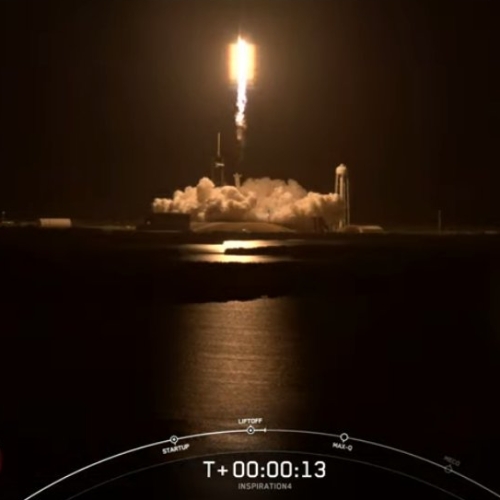SpaceX schedules likely first static fire tests for orbital Starship and Superheavy
Capitalism in space: SpaceX has scheduled a weeklong series of road closures at Boca Chica, beginning next week, suggesting they are about to begin the first static fire tests for the orbital prototypes of both Starship (#20) and Superheavy (#4).
The company has been installing or replacing engines on both prototypes, with the installation apparently now complete on Starship #20.
Starship’s current design features three gimballing sea-level Raptors and three vacuum-optimized variants with much larger nozzles – all in close proximity inside a 9m-wide (30 ft) skirt. As such, the first Starship static fire with any combination of Raptor Center and Raptor Vacuum engines will be a significant milestone for SpaceX. Eventually, that will likely culminate in the first static fire(s) of a Starship (likely S20) with all six Raptors installed – a test that will effectively qualify that prototype for its first orbital launch attempt.
As for Superheavy #4, they have been replacing some of its 29 engines while it sits on the launchpad, for reasons that are not clear.
It appears the company is aiming to get all of its ground-testing completed while the FAA’s approval process for the permit for the orbital flight is ongoing. This will make it possible to launch as soon as approval is obtained.
This strategy carries some risk. As long as the testing proceeds smoothly it will provide positive coverage during the FAA’s public comment period, running until mid-October. Should a test fail dramatically, however, the explosion could generate the wrong response during that comment period. Not surprisingly, SpaceX is willing to accept that risk.
Capitalism in space: SpaceX has scheduled a weeklong series of road closures at Boca Chica, beginning next week, suggesting they are about to begin the first static fire tests for the orbital prototypes of both Starship (#20) and Superheavy (#4).
The company has been installing or replacing engines on both prototypes, with the installation apparently now complete on Starship #20.
Starship’s current design features three gimballing sea-level Raptors and three vacuum-optimized variants with much larger nozzles – all in close proximity inside a 9m-wide (30 ft) skirt. As such, the first Starship static fire with any combination of Raptor Center and Raptor Vacuum engines will be a significant milestone for SpaceX. Eventually, that will likely culminate in the first static fire(s) of a Starship (likely S20) with all six Raptors installed – a test that will effectively qualify that prototype for its first orbital launch attempt.
As for Superheavy #4, they have been replacing some of its 29 engines while it sits on the launchpad, for reasons that are not clear.
It appears the company is aiming to get all of its ground-testing completed while the FAA’s approval process for the permit for the orbital flight is ongoing. This will make it possible to launch as soon as approval is obtained.
This strategy carries some risk. As long as the testing proceeds smoothly it will provide positive coverage during the FAA’s public comment period, running until mid-October. Should a test fail dramatically, however, the explosion could generate the wrong response during that comment period. Not surprisingly, SpaceX is willing to accept that risk.




